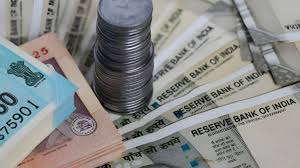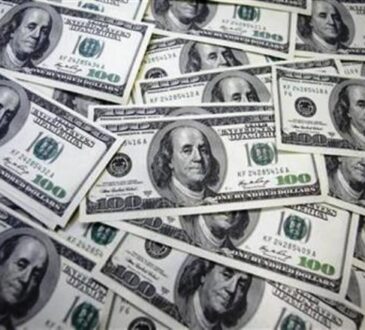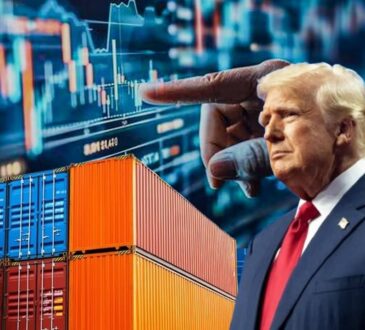
By Chuck Mikolajczak
NEW YORK (Reuters) – The U.S. dollar rose on Tuesday, recovering from its biggest daily percentage drop in 14 months after President Donald Trump suggested the U.S. could impose tariffs on Canada and Mexico by Feb. 1, countering expectations he might take a gradual approach.
Trump told reporters he was thinking about implementing tariffs of around 25% on imports from Canada and Mexico at the start of February over illegal immigrants and fentanyl crossing into the country. He also raised the possibility of a universal tariff but said the U.S. was “not ready” for that yet.
The dollar fell sharply on Monday after Trump’s first day in office passed with no specific plans on tariffs and officials said any new taxes would be imposed in a measured way, a major relief for trade-exposed currencies.
“What you’re seeing here, too, is just how crowded long dollar positioning is, so all you need is some ambiguity on the tariff front, and you get these kind of moves,” said Erik Bregar, director, FX & precious metals risk management, at Silver Gold Bull in Toronto.
Stand with Independent Journalism
Your contribution helps us bring you accurate, impactful stories and on-the-ground reporting. Support the work that keeps journalism free, fair, and fearless.
“The bigger outside moves are going to come now if we see some deals happening, some stuff being negotiated and some of this fear getting priced out. The dollar positioning is long enough that you’re going to see some smart people trying to bet on a turn.”
The dollar index, which measures the dollar against a basket of currencies, rose 0.32% to 108.33 after dropping 1.24% on Monday. It was up as much as 0.68% earlier in the session.
The euro was down 0.22% at $1.0391. The EU is also seen as a likely target for Trump’s tariff policies. Sterling weakened 0.26% to $1.2291.
Talking to reporters on Monday, Trump said he would remedy the trade imbalance either through tariffs or by Europe buying more U.S. oil and gas.
A subsequent trade memo directed agencies to investigate and remedy persistent trade deficits. Analysts at Jefferies said the memo should be seen as a “blueprint for what to expect next on tariffs,” and April 1 will be an important date as the agency reports are due by that date.
The Canadian dollar weakened 0.8% versus the greenback to C$1.44 per dollar while the Mexican peso was down 0.86% versus the dollar at 20.698.
The inauguration speech focused on emergencies in immigration and energy and a more expansionist foreign policy, including a pledge to take back the Panama Canal.
In his first term in office, Trump had a history of announcing imminent plans for policy proposals, including on healthcare and infrastructure, only for nothing to take shape.
Against the Japanese yen, the dollar weakened 0.11% to 155.42.
The yen has strengthened against the dollar in three of the last four sessions, supported by growing expectations the Bank of Japan will raise interest rates on Friday.
Japan’s top currency diplomat Atsushi Mimura said on Tuesday at a Reuters NEXT Newsmaker event that a weak yen would increase inflation by boosting import costs. Mimura said the government and the central bank were communicating closely every day through various channels.
Markets are pricing an 86.2% chance of a quarter-point increase.
The dollar strengthened 0.23% against the offshore Chinese yuan to 7.278. Trump has threatened China with tariffs of up to 60% but did not detail any plans on Monday.
Beijing later set a stronger fix for the yuan, suggesting it was still inclined to take steps to prop up the currency.
(Reporting by Chuck Mikolajczak; editing by Barbara Lewis)
Disclaimer: This report is auto generated from the Reuters news service. ThePrint holds no responsibility for its content.




